- Create a Workflow Field of type List/Record and select the record type as list. For example if we want to open the Invoice record in Edit mode, select the type as List/Record and Value as Transaction.
- In the first state of the workflow create Set Field Value Action and set the field value of above created field as Current Record. By doing this step, once the transaction is entered in to the workflow, the field value will be set to the ID of the current record.
- In the next state, to open the record in Edit mode create the Go to Record action and select the record type and ID field as the custom field created in the step 1 and select the Edit checkbox below the ID field.
Using Workflow here is the method to open a record in Edit Mode
Topics: Customization, NetSuite
The administrator would like to remove access to Setup > Customization > Address Form. Providing View access to Custom Address Form permission will still allow users in the custom role to customize the address form.
Topics: Customization
Trick to know if Custom Sales Order Form is created from a Standard Sales Order, Standard Sales Order – Cash Sale, or Standard Sales Order – Invoice?
- Go to Setup – Customization – Transaction Forms, click on the Edit link next to the Custom Sales Order Form. (OR)
- Go to page Transactions – Sales – Enter Sales Order and select the Custom Sales Order Form, and click on customize link.
- In Custom Transaction Form page, click on Linked Forms tab
- If both Cash Sale and Invoice are listed under Type column, the custom sales order has been created from a Standard Sales Order Form. This can be billed either as Cash Sale or an Invoice.
- If only Cash Sale is listed, then the custom sales order has been created from a Standard Sales Order – Cash Sale Form. This can only be billed as a Cash Sale.
- If only Invoice is listed, then the custom sales order has been created from a Standard Sales Order – Invoice Form. This can only be billed as an Invoice.
Topics: Customization
In brief Other Relationships is used to create multiple records (i.e., Vendor, Partner, Other names) form customer with the same details.
Topics: Software Industry, Customization
Steps to install and deploy Suite Commerce Advance SSP’s and define touch points
- Content delivery service : To create and mange content of website. This bundle is available only for Suite Commerce Advance.
- My Account : Users can track and view their orders, edit there profile information this bundles includes following.
- Profile Information.
- Address Book
- Credit Card Details
- Order History & Order Details
- Email Preferences
- Product Mechandising : Create, configure and display products based on item atributes for better user experence.
- Reference Checkout : Provides a fexible ,fast and cstomizable step by step check out process.
- Reference Shopflow : This suite app includes following.
- Intractive display like zooming, alernative views..etc
- Product listing layouts for viewing of items
- Quick View
- Product review
- Gift cards
- News letters Subscription
- Shoping Cart
- Mini Cart
Deploying SSP’s to Website:
Every bundle will have two SSP’s.
- Reference: This is locked bundle we cannot edit or customize the SSP’s.
- Custom: In custom bundle we can add edit customize the SSP’s.
Go to >> Setup >> Suite Commerce Advance >> SSP Applications
View /Edit the SSP’s need to be deployed
If we are deploying Custom SSP’s make sure that all the library files should be like Reference SSP’s
Go to >> Setup >> Suite Commerce Advance >> SSP Applications
View /Edit the SSP’s need to be deployed
If we are deploying Custom SSP’s make sure that all the library files should be like Reference SSP’s
Defining Touch Points in SSP:
Select the name and Entry page for the touch point
Once we done with the setup, mouse over on save button we get three options.
- Save & New
- Save & Deploy to Site
- Save & Deploy to Domain
Click on “Save & Deploy to Site”.
Select Site Need to Deploy:
Defining Touch Points In website Setup:
Once we deploy all the SSP’s to website we need to define touch points in website setup.
Defining Touch points to website:
Go to >> Setup >> Suite Commerce Advance >> Setup Website
Click on “Touch points” tab based on Touch points we define in SSP’s all the touch will be accessible form setup touch points
- Select the touch point.
- Select the SSP Application
- Path will be automatically displayed.
Click on save.
Topics: Customization, ECOMMERCE, NetSuite








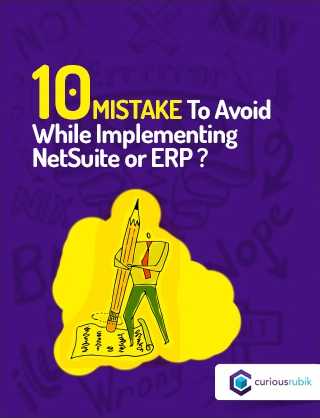

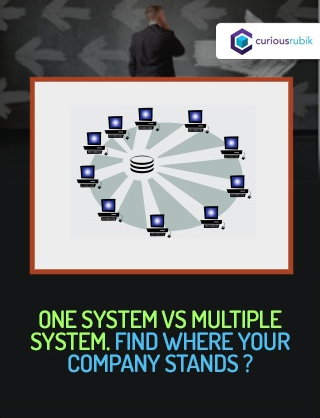


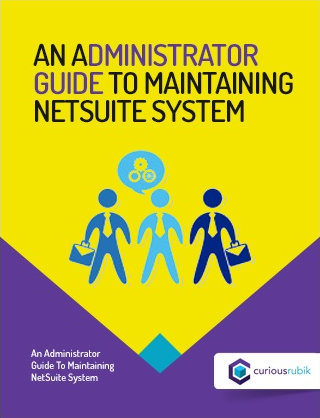
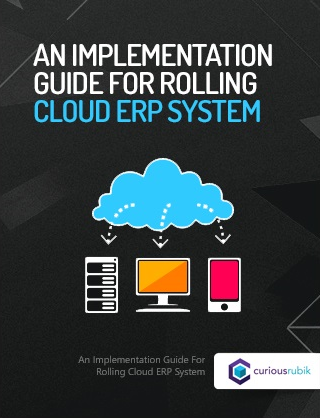
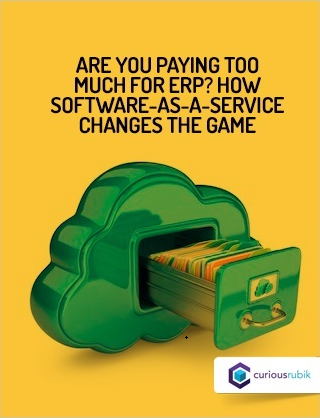











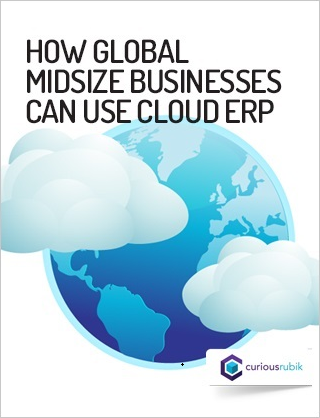

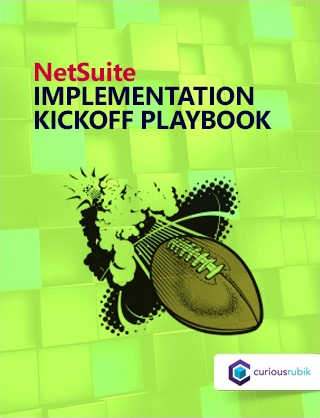


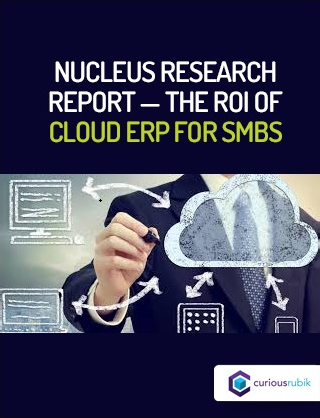

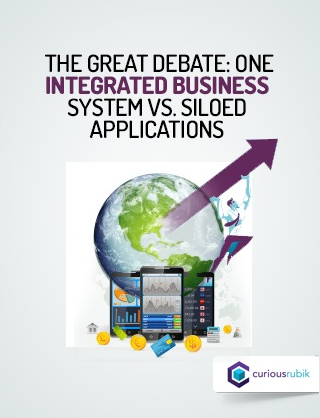
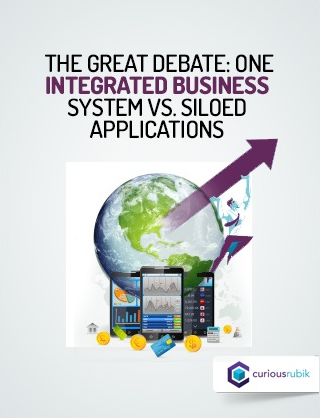












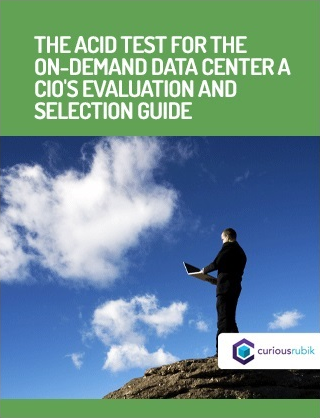



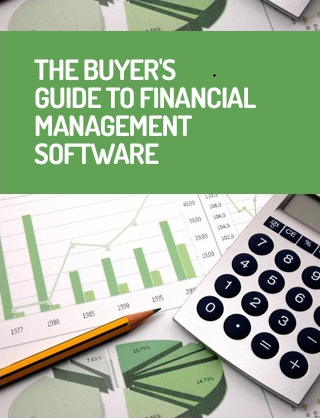
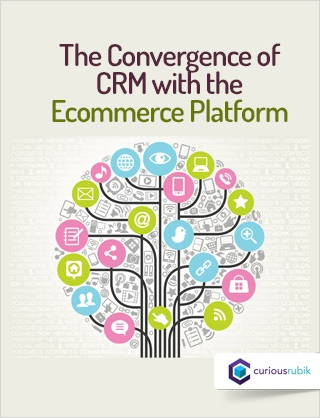




















 Twitter
Twitter Linkedin
Linkedin Youtube
Youtube Google +
Google + Face Book
Face Book